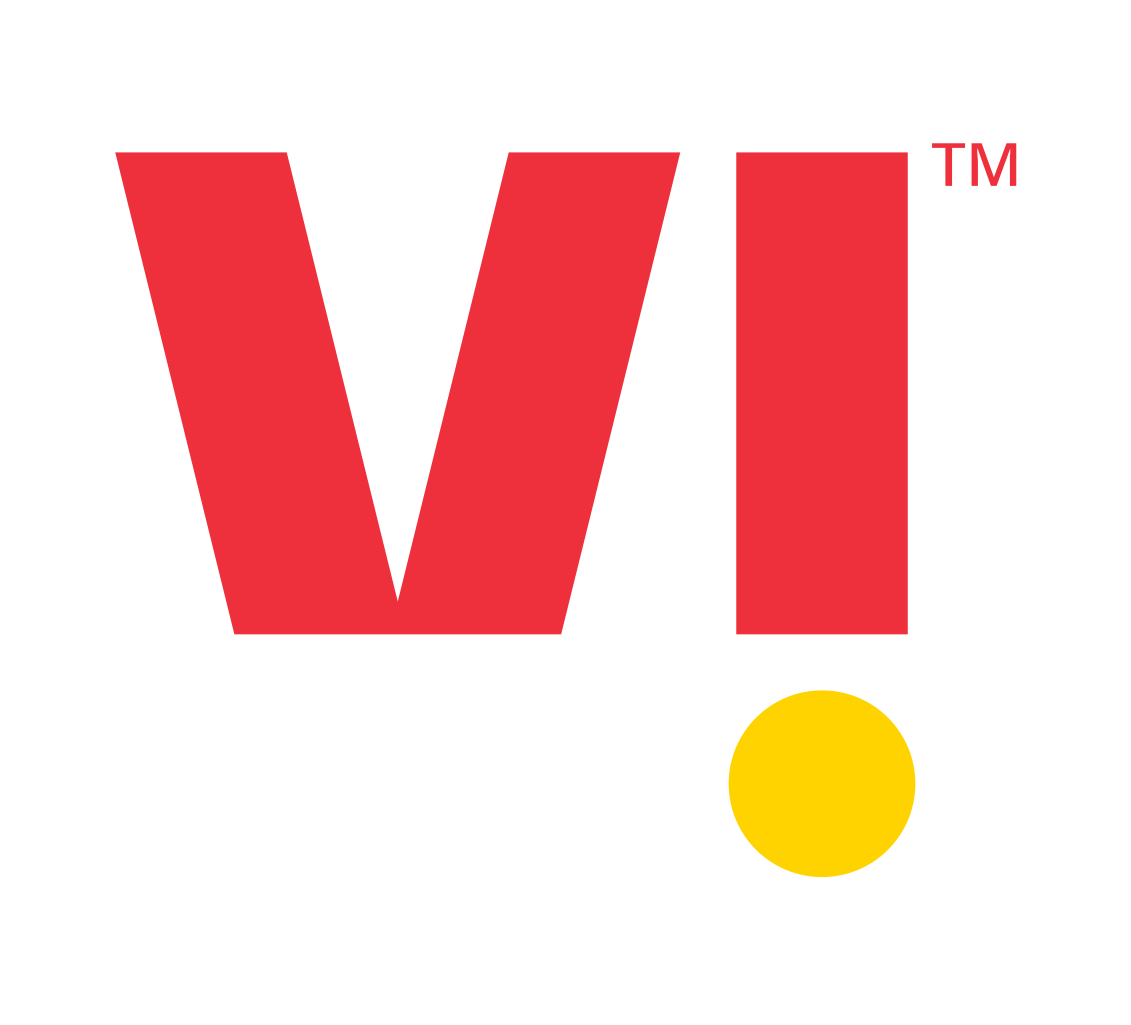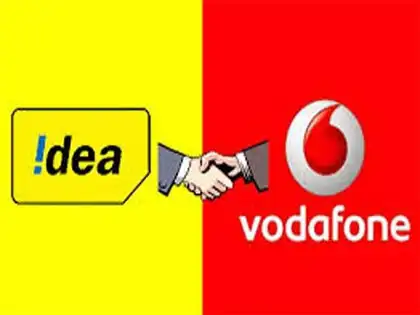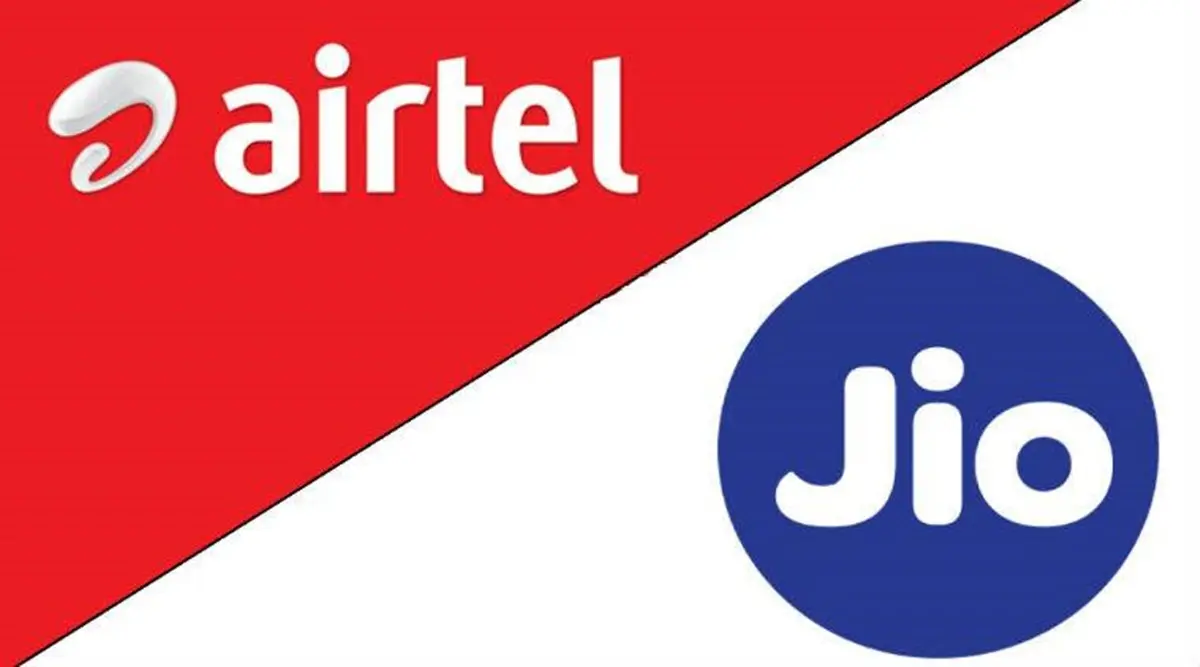Introduction
In an era where connectivity is no longer a luxury but a necessity, the fate of one of India’s major telecom players—Vodafone Idea Ltd (Vi)—has raised major alarm bells. While Vi hasn’t officially “shut down” yet, the company has issued warnings and signalled that its survival beyond financial year 2025-26 is in jeopardy unless urgent relief arrives. The Economic Times+3The New Indian Express+3India TV News+3
This blog unpacks the situation, examines the root causes, explores possible scenarios if shutdown occurs, and explains what it means for consumers, the telecom sector and the broader economy. With SEO-optimized keywords like Vi shutdown, Vodafone Idea collapse, telecom sector India, AGR dues Vi, what happens if Vodafone Idea closes, this post aims to be a go-to resource for anyone wanting to understand the stakes.

1. Who is Vi? Quick Background
Vodafone Idea Ltd (Vi) is the combined entity of Vodafone India and Idea Cellular, merged in 2018. Wikipedia+1
It is one of India’s three major telecom operators, serving millions of subscribers with mobile telephony and Internet services. Wikipedia+1
The telecom sector in India is highly competitive, dominated currently by other players such as Bharti Airtel Ltd and Reliance Jio Infocomm Ltd.
2. What’s Going Wrong at Vi? The Crisis Unpacked
2.1 Massive Adjusted Gross Revenue (AGR) Dues
One of the main triggers of Vi’s distress is its AGR liabilities. “AGR” refers to the revenue amount on which telecom companies pay licence fees and spectrum usage charges to the government. Owing to a 2019 ruling widening the definition of what counts as “revenue”, Vi and others suddenly faced enormous additional dues. The Economic Times+2India News Network+2
As of recent reports, Vi’s AGR dues were pegged at around ₹83,400 crore (including interest & penalties) for past periods. Outlook Business+2Business Standard+2
2.2 Warning of Shutdown Beyond FY 2025-26
In May 2025, Vi warned that it may not be able to continue operations beyond FY 2025-26 unless major support and relief arrive. The New Indian Express+1
Such a statement signals that the company views the situation as existential: without funds, without regulatory relief, operations may be unviable.
2.3 Competitive Pressure & Subscriber Loss
While Vi fights regulatory and debt issues, it also faces severe competitive pressure. It has been losing subscribers, falling behind rivals in 4G/5G rollout, and struggling to invest in infrastructure. The Economic Times+1
2.4 Government Stake & Relief Efforts
The Indian government is now the single largest shareholder in Vi (after converting debt into equity) as part of a rescue package. The New Indian Express+1
Further, the Supreme Court of India has permitted the government to reconsider the AGR dues of Vi, offering a glimmer of hope. Business Standard+1
3. What Would Happen if Vi Actually Shut Down?
Let’s imagine the worst-case: Vi closes shop (or ceases operations) after FY 2025-26. Here are the potential consequences:

3.1 Impact on Consumers
Vi’s millions of subscribers would need to migrate to other networks, likely causing service interruptions.
In remote or rural areas where Vi has stronger presence, disruptive gaps could emerge.
Equipment, SIM cards, contracts, customer support—everything would need shifting.
3.2 Market & Competition
A shutdown would leave the Indian telecom market with fewer major players — effectively turning into a duopoly (or near). Analysts warn duopoly is harmful to consumers (higher tariffs, less innovation). The Economic Times+1
The dominance of larger players could increase, and smaller/new entrants may struggle to fill the vacuum.

3.3 Financial Sector / Economy
Banks and lenders who have extended credit to Vi could face non-performing assets.
Suppliers, infrastructure firms, tower companies tied to Vi would be impacted (job losses).
Government revenue from licence fees, spectrum auctions, and taxes may decline.
3.4 Infrastructure & Digital Inclusion
Network shutdown or migration chaos may hamper India’s digital goals (5G rollout, connectivity in rural areas).
Vi’s spectrum holdings may be re-allocated or sold, but the transition would take time and may create service blackouts.
4. Why the Shutdown Risk Is Real, But Not Inevitable
While Vi has issued warnings, a formal shutdown has not been declared.
The Supreme Court’s decision allowing government relief means there is still a window of salvage. Business Standard+1
The government already stepped in via equity conversion and restructuring arrangements.
Market observers say that if relief + investment arrive, the company may survive.
Thus, a shutdown is a real risk, not a foregone conclusion — which makes it all the more urgent.
5. What Should Consumers Do? Tips & Take-Actions
Stay informed: Keep an eye on Vi’s official announcements and regulator updates.
Evaluate your plan: If you're a Vi subscriber, consider whether migrating early to another provider may avoid disruption.
Backup important data: Contacts, messages, banking apps tied to SIMs—be ready for transition.
Check portability options: Understand your rights under law for switching networks (MNP – Mobile Number Portability).
Watch tariffs & offerings: If competition reduces, tariffs may rise; consider locking in good plans now.
6. Broader Takeaways: What This Means for the Telecom Sector & Policy
The Vi situation highlights how regulatory decisions (like the AGR definition) can create systemic risk.
The health of the telecom sector matters not just for business but for national infrastructure, digital inclusion and consumer welfare.
The need for competitive markets: A weakened third player reduces consumer bargaining power and innovation.
Government policy must balance fiscal interests (spectrum/licence fees) with sector sustainability.
FAQ Section
Q1. Is Vodafone Idea (Vi) officially shutting down now?
A: No. There’s no formal shutdown declared yet. Vi has warned that operations may be unsustainable beyond FY 2025-26 unless relief arrives. The New Indian Express+2India TV News+2
Q2. What exactly are AGR dues?
A: “Adjusted Gross Revenue” dues refer to a portion of the revenue (including core telecom services and certain non-core income) on which telecom companies must pay licence fees and spectrum charges. A 2019 ruling expanded the definition of AGR, causing large liabilities for older operators like Vi. The Economic Times+1
Q3. How much does Vi owe in AGR dues?
A: Reports suggest that the total liability (principal + interest + penalties) for Vi is upwards of ₹83,400 crore. Outlook Business+1
Q4. Will other telecom companies be affected if Vi collapses?
A: Yes. A Vi shutdown would affect infrastructure firms, supplier chains, tower companies, and the competitive balance in the sector (likely benefitting their rivals).
Q5. Can Vi survive? What would it take?
A: Survival is possible if:
• Significant regulatory relief or restructuring of dues is granted (as the Supreme Court allowed reconsideration). Business Standard+1
• Fresh investment or funding enters the company.
• Vi sustains its subscriber base and invests in network upgrades (including 5G).
Q6. What should Vi subscribers do?
A: While no immediate shutdown has been announced, it’s wise to monitor developments, back up important data tied to your number, review your existing plan, and check how to port your number to another provider if needed.
Conclusion
The possibility of a shutdown by Vodafone Idea is a wake-up call for India’s telecom ecosystem. It underscores the fragility of business models in a rapidly evolving digital world, the heavy weight of legacy regulatory burdens, and the importance of competition in ensuring consumer welfare. For millions of users, the risks are real—but so is the possibility of rescue, provided the right policy and investment actions take place.
For now, stakeholders (consumers, investors, policymakers) must watch closely. As this situation unfolds, its impacts will ripple across connectivity, jobs, technology adoption, and market dynamics.
If you found this article helpful, share it with others who use Vi or are following India’s telecom sector. Stay updated for further developments.